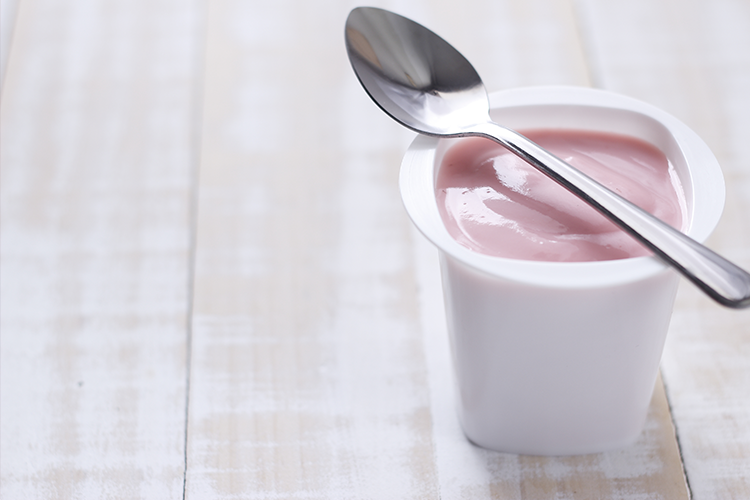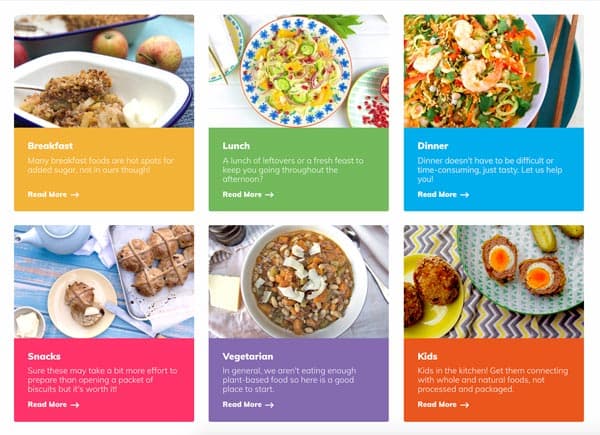Blog
Is your yoghurt sugared-up?
A survey recently released by LiveLighter, a public health campaign supported by Cancer Council Victoria and the Heart Foundation, detailed the shocking amounts of sugars in yoghurts found in Australian supermarkets.
The survey analysed 197 different flavoured/sweetened yoghurts, and over half were found to contain 3 or more teaspoons, or 12 grams, of sugar per 100g.
Considering many serves of yoghurt come in 160g pots, the recommended upper limit for 6 teaspoons/25g of added sugar per day can close in quick!
However! What the survey failed to do was differentiate between the sugars added to the product from the naturally occurring sugar found in dairy, lactose. The measurements stated in the report denoted total sugars, which includes all naturally occurring and added.
So, hitting that 6 teaspoons limit mightn’t creep up as quickly as one may think.
As a result, what this highlights is the need for manufacturers to list added sugars as a separate item on nutritional information panels, for ease and transparency as to how much of the sweet stuff is being added, so we can better ascertain how much we are consuming (as is it the added sugars that we are concerned with)!
Lactose – dairy’s sugar
In the meantime, how do we differentiate the added from the naturally occurring sugars in the total sugar amount?
We chat on this more here, but in essence, we aren’t concerned with lactose in dairy products when limiting added sugar intake – it is the added sugars that are the issue. And LiveLighter reflects this belief, as stated in their press release.
To ascertain an approximate amount of added sugar, get your maths brain on and remember about 4-6g of the 100g of total sugars is lactose in dairy products. If there is more, unless there are whole foods like fruit pieces or oats in the ingredient list, the remaining sugar is added from sweeteners included in the product.
What yoghurt is okay?
Now, yoghurt can be a delicious and welcome part of many sweet or savoury meals – so do not be scared to enjoy it! Just choose your yoghurt wisely.
The report recommends to choose low-fat varieties and, as a result, to avoid coconut yoghurt. But we quite like good quality, full-fat real foods here at That Sugar! But if you prefer a product that is lower in fat, just keep an eye out for extra added sugars, often included so the product will taste better in the absence of the fat.
Where we do agree with the report are recommendations to:
- choose natural, plain or Greek yoghurt varieties
- by-pass the label claims like ‘natural’ or ‘low-sugar’
- take care to read the ingredient list for added sugars or sweeteners.
Essentially, if there are any sugars or sweeteners on the ingredient list, don’t bother. Similarly, limit or avoid products with artificial sweeteners if possible. You can sweeten and flavor yourself with whole foods, spices or fresh herbs like frozen or fresh fruit, cinnamon, and vanilla, or chopped mint. Delicious!
By Angela Johnson (BHSc Nut. Med.)












